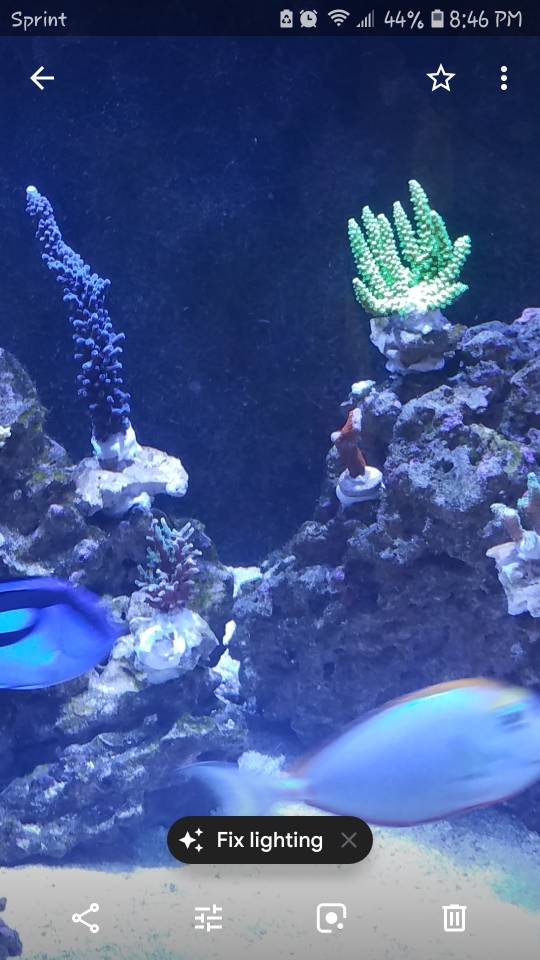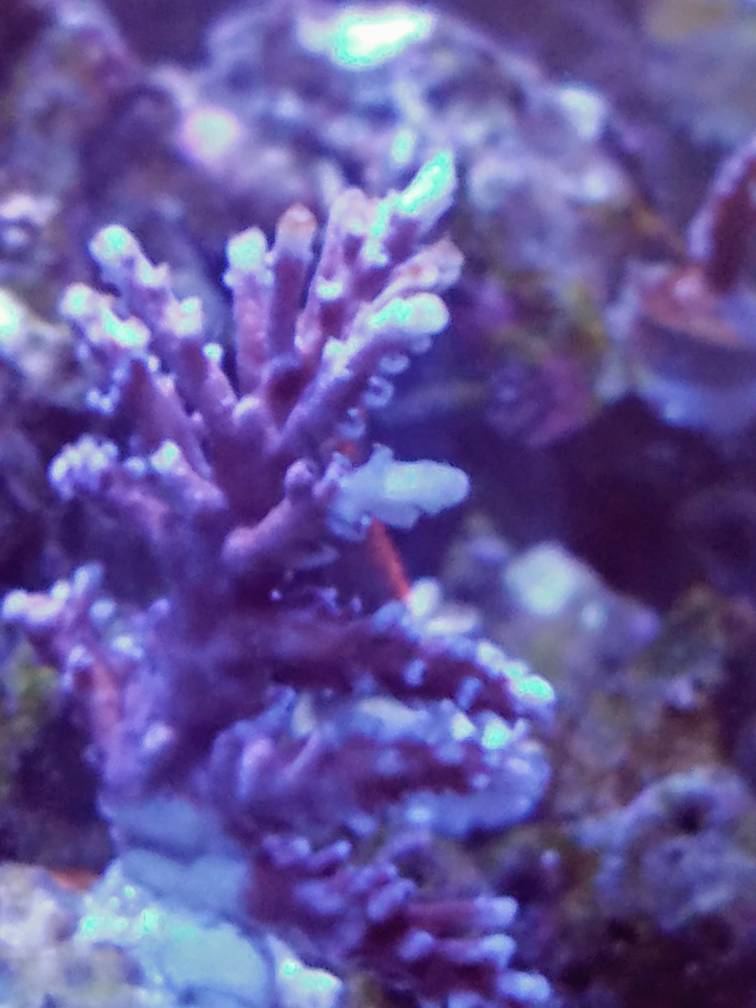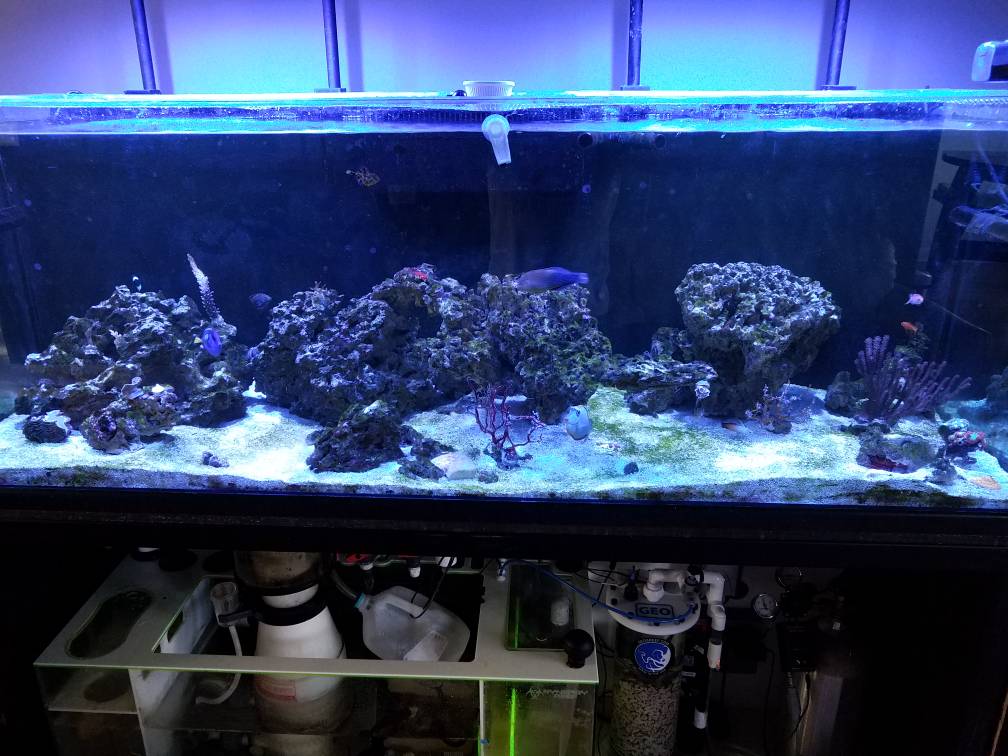I got pukani rock from BRS and did an acid bath as well as the tub for 3 weeks dosing lanthanum chloride. Upon placing in the reef tank and cycling I found out that the rocks were, ans still are, loaded with phosphates, leaching into the water. Despite my Hanna tester saying that phosphates are low in the tank. First Dinos, now hair algae. Running GFO/carbon and UV on the tank. I am hoping this subsides soon. Any tips on getting phosphates out of the rock while in the reef tank? Lanthanum Chloride? NoPox? Thanks,
You have to keep using a remover to keep the in-tank water level low. The rock will then release what it can, slowly. It can take a LONG time and can hold a lot of phosphate. The rock will unbind more as the water level goes lower... and absorb more if it goes up. There is an equilibrium but the rock has a massive amount compared to the small amount in the water column.
This can also be compounded by caked organics that need to be processed by bacteria and microfauna. This can also take a long time. Once they get the organic out of there, there are now two sources of phosphate... the decaying organics and the areas of rock that are now exposed to the rest of the tank water.
I would use GFO since this is safe and gentle if used slowly.
The typical experience is that your tank water has, say .75 ppm. You put on a few cups of GFO. A day or two later, your tank water has .01. You are happy. A day after that, you are back up to .75 again as the rock just released a whole bunch more. Lather, rinse and repeat. Eventually, the numbers will come down. If this is really bad, it can take gallons of GFO.
You have to be REALLY careful not do drive your P to actual zero in the water column or you can limit algae, dinos (especially the dinos in the coral) and microfauna and kill them.
I did a test where a bit less of 1 pound of aragonite in 5g of tank water could absorb over 55 ppm of phosphate down to .05. This stuff can bind an extraordinary amount. The thread is in the chemistry section.





















